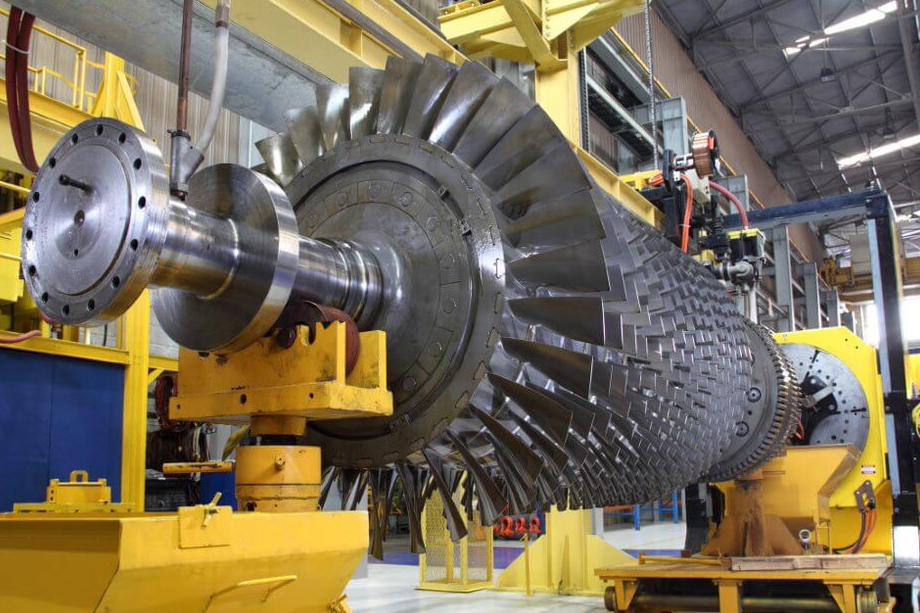Which industries benefit most from 3D printing technologies?
Which Industries Benefit Most from 3D Printing Technologies?
Aerospace and Aviation
The aerospace industry is a leading adopter of 3D printing due to its demand for lightweight, high-performance components. Technologies like Powder Bed Fusion and Superalloy 3D Printing enable the production of turbine blades, structural brackets, and combustion components with reduced mass, internal cooling channels, and high thermal resistance. Additive manufacturing also supports part consolidation and weight reduction, critical in aerospace design.
Medical and Healthcare
Medical and healthcare industries benefit from 3D printing through personalized implants, dental restorations, and surgical instruments. Materials like Ti-6Al-4V ELI and biocompatible resins are commonly used to fabricate orthopedic, spinal, and cranial implants tailored to individual patient anatomy. Custom surgical guides printed via SLA increase procedural accuracy and reduce operation time.
Automotive and Motorsports
In the automotive sector, 3D printing enables rapid prototyping, tooling, and the production of lightweight components such as brackets, manifolds, and housings. Titanium 3D Printing and Tool Steel 3D Printing support high-strength parts for motorsport applications. Complex geometry capability allows integration of cooling features and structural optimization for reduced fuel consumption and enhanced performance.
Energy and Power Generation
3D printing benefits the energy industry by producing high-temperature, corrosion-resistant parts used in turbines, heat exchangers, and fuel nozzles. Ceramic 3D Printing and Superalloy 3D Printing are key to manufacturing parts with complex cooling channels and internal flow geometries that improve thermal efficiency and extend service life in gas or nuclear power systems.
Consumer Electronics
In consumer electronics, 3D printing is used to create prototypes, enclosures, and heat-dissipating structures with short lead times. High-resolution processes like PolyJet and SLA produce parts with fine surface finishes and functional snap-fit features for product testing and design validation.
Architecture, Fashion, and Jewelry
Architecture and construction professionals use 3D printing for scaled models and complex façade elements. In fashion and jewelry, Resin 3D Printing enables fine-detail production of custom molds, patterns, and wearable designs with intricate geometry.
Recommended Services for Industry-Specific 3D Printing
Neway supports diverse industries with tailored additive manufacturing solutions:
Superalloy 3D Printing: For aerospace, energy, and high-temperature applications
Titanium 3D Printing: For lightweight, fatigue-resistant parts
Ceramic 3D Printing: For thermal, wear, and chemical resistance
Resin 3D Printing: For fine-detail components in medical, dental, and jewelry
Plastic 3D Printing: For functional prototypes and cost-efficient low-volume production



